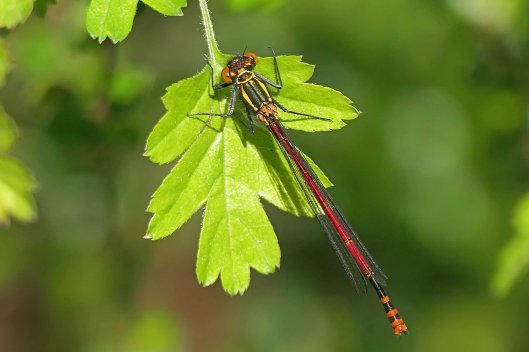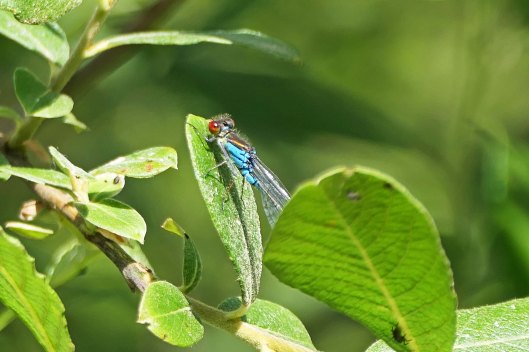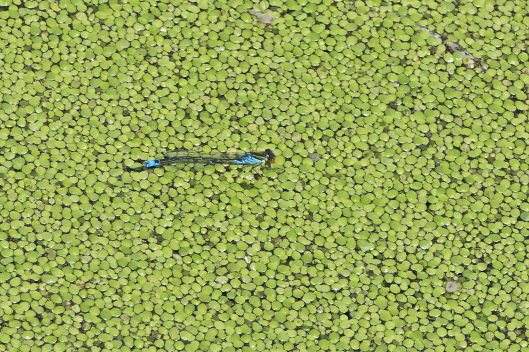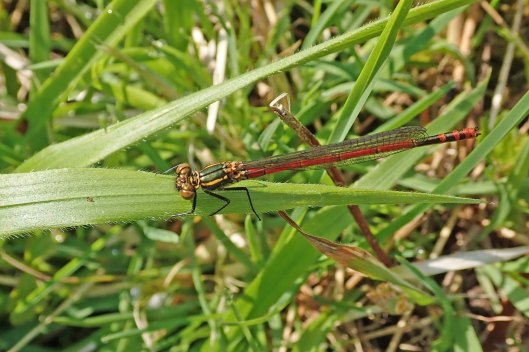Tags
Azure bluet, Azure damselfly, British damselflies, British odonata, Coenagrion puella, damselfly
These beautiful creatures were my most recent odonata finds of the year. In Britain, we tend to call them Azure damselflies but they are more widely known as Azure bluets (Coenagrion puella), the Bluets being the family of small damselflies whose males are mostly blue and black. Together with the Common blues/bluets (Enallagma cyathigerum), these are the two most common blue damselfly species across Europe.














You must be logged in to post a comment.